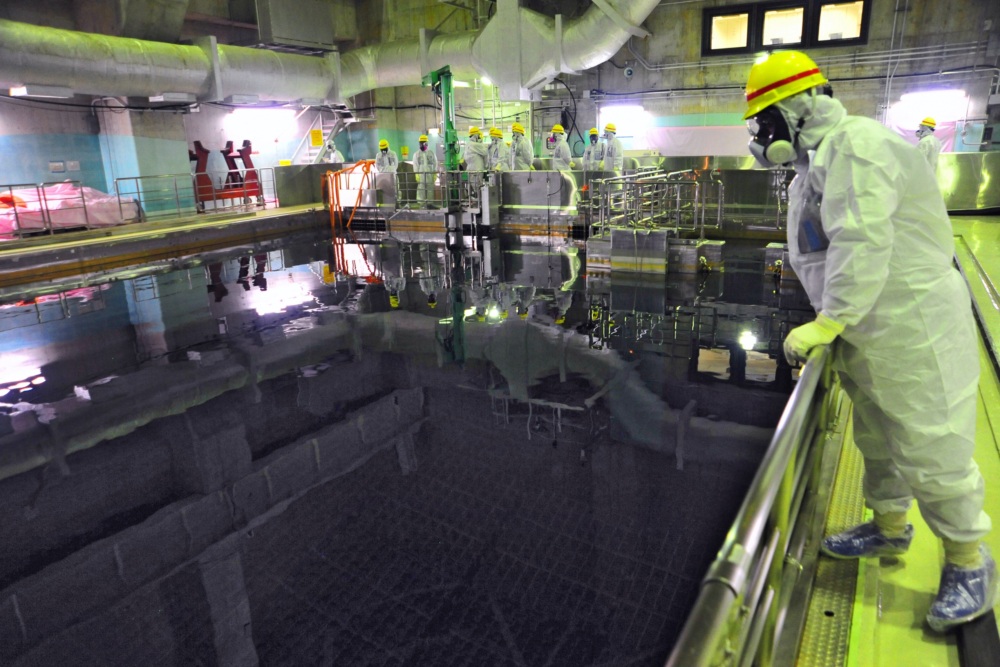
Andrew Newman PhD
Senior Director for Nuclear Fuel Cycle Activities
As demand for nuclear energy grows, the risks of nuclear proliferation remain too high
To develop a sustainable, comprehensive nuclear fuel cycle that reduces proliferation risks and fosters responsible nuclear energy growth
A major report on a new, sustainable, and safe approach to the nuclear fuel cycle
In the past decade, a resurgence of enthusiasm for nuclear power has rekindled interest in efforts to manage the fuel cycle. The 2011 accident at the Fukushima Daiichi nuclear power plants in Japan and current proliferation crises in North Korea and Iran raise this question: Is the current approach on the fuel cycle leaving uranium enrichment and spent fuel reprocessing capabilities in the hands of national governments too risky on proliferation grounds? New approaches to the nuclear fuel cycle with the objective of mitigating proliferation risks can also help improve nuclear governance, making nuclear energy safer and more sustainable.
In early 2011, the Nuclear Threat Initiative and the Center for Strategic and International Studies launched the New Approaches to the Fuel Cycle (NAFC) project. This project, led by Corey Hinderstein and Sharon Squassoni, sought to build consensus on common goals, address practical challenges, and engage a spectrum of actors that influence policymaking regarding the nuclear fuel cycle. Drawing from industry, government, and NGO community expertise in the United States and abroad, the NAFC project worked to outline a vision for an integrated approach to nuclear supply and demand. The project, which hosted multiple workshops and smaller breakout groups to vet ideas, sought specifically to identify practical solutions that could be adopted in phases.
The result is the first comprehensive approach that contains guidelines for shaping a sustainable nuclear supply system and leverages existing trends in nuclear industry, outlined in a report to be released in March 2015.
This approach offers a set of “best practices” to help implement that sustainable system. The project also tackled one of the toughest issues—spent nuclear fuel and high-level waste—to see if solutions there might offer incentives to states on the front end of the nuclear fuel cycle and address the inherent inertia and concerns about additional burdens and restrictions that have stalled past efforts to improve the robustness of the nonproliferation regime. This report presents the group’s conclusions that a best practices approach to the nuclear fuel cycle can achieve these objectives and offer a path to a more secure and sustainable nuclear landscape.
Past Event
CSIS, 1616 Rhode Island Ave. NW, Washington, DC 20036
The Nuclear Threat Initiative (NTI) and the Center for Strategic and International Studies (CSIS) Proliferation Prevention Program released a new report urging a sustainable and secure nuclear supply architecture.
On Thursday, March 12, join the authors of a new NTI-CSIS report urging a sustainable and secure nuclear supply architecture.
The IAEA Board of Governors agreed to create an international low-enriched uranium fuel bank, meeting the conditions proposed by NTI and Warren Buffett.

